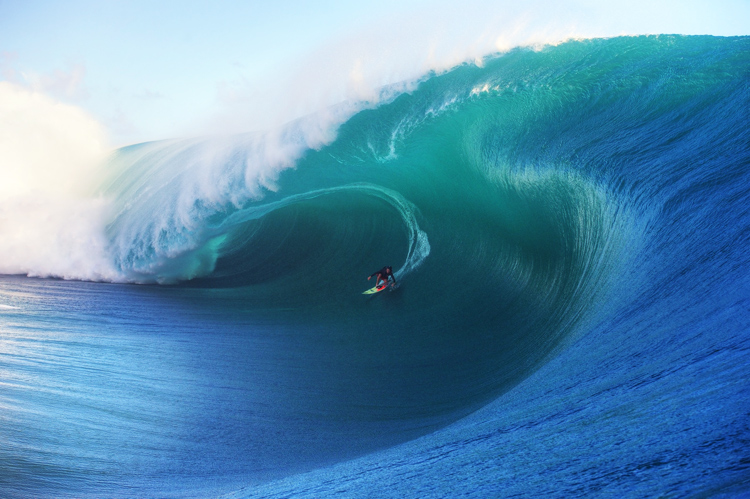Keala Kennelly was one of the first female surfers to ride the most dangerous waves on the planet.
She has been spotted taking on the biggest and heaviest mountains of moving water at Jaws/Peahi, Teahupoo, Mavericks, Puerto Escondido, and Nazaré.
The fearless Hawaiian is also the first woman to win a trophy in an open-gender category at the WSL Big Wave Awards.
Rolling Stone once described her as "Hawaii's big wave amazon"; others will say that she is the enfant terrible of women's surfing.
Despite being an active advocate of gay rights, a gender equality enthusiast, and a public LGBT person, she is mostly known for her tube-riding stunts and swell-chasing adventures.
Keala Kennelly is the first openly gay surfer to have won a world surfing title.
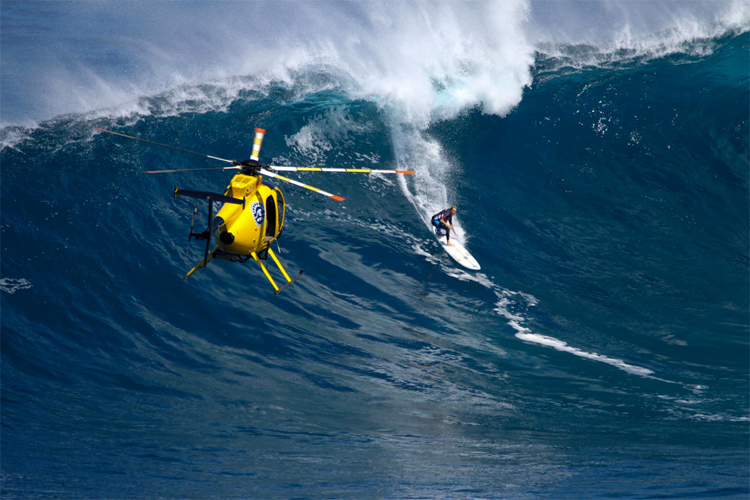
Key Life Moments and Career Achievements
Keala Kennelly was born on August 13, 1978, in Hanalei, Kauai, Hawaii. She is 5'6'' tall.
Believe it or not, Kennelly was raised in a geodesic dome designed by her hippie mother.
Both of her parents surfed, so Keala got her first board when she was only five years old.
When they split, her father - Brian - took care of Keala and her brothers, Gavin and Quest.
She started to stand out naturally, first as a talented amateur surfer in the US Surfing Championships and then at a world stage level.
She's always been a power surfer, eager to get deep inside the barrel and throw aerial moves that her fellow competitors couldn't imitate.
Keala's idols were Andy and Bruce Irons. The young blond girl would even dress like them. But at a competition level, the story was different.
Keala actually beat the Irons brothers in a contest at Pine Trees.
In 2011, during the "Code Red" swell, the Hawaiian got barreled at Teahupoo, wiped out, hit the shallow reef, and suffered a severe gash to the right side of her face;
Two years later, the Hawaiian gave a TEDxMalibu talk titled "I'm Keala Kennelly, and I'm a Surfer."
In 2018, Kennelly was diagnosed with bipolar II disorder. She says proper medication has helped her a lot.
But that year, Keala also had reasons to be happy and celebrate life. After all, she won her maiden Big Wave Tour title.
She admits to being stubborn because she hates being told that she can't. "Haters are my motivators," the Kauaian once said.
Kennelly says she decided to come out after nearly dying in Costa Rica due to a ruptured appendix.
When she stopped hiding and publicly revealed she was gay, Keala lost three of his four sponsors, and the fourth cut her salary in half.
"It took a woman to finally make a woman out of me," Keala said at the time.
One of Keala Kennelly's favorite books is "Why Am I Still Depressed" by James Phelps.
When it comes to food, Kennelly loves Vietnamese pho, poke bowls, and tacos. But she advises people not to talk to her before she gets her first coffee of the day.
The Hawaiian surfer says she's not religious - Keala prefers to describe herself as a "spiritual person."
She's not afraid of giant waves, but she fears snakes.
Keala was the star of a Lipton Ice Tea commercial shot at Praia do Norte in Nazaré, Portugal.
The big wave rider has a son called Kekoa Kennelly.
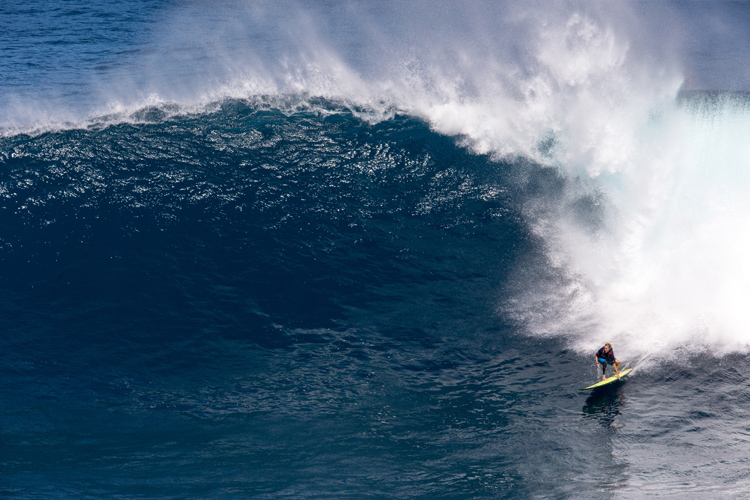
A Dream Career: Titles, Awards, and Recognitions
Keala Kennelly is one of the most successful competitive female surfers of all time.
She is one of the few women athletes to have won event titles in both shortboard and big wave surfing events.
The Hawaiian became a professional surfer at the age of 17 and embarked on the ASP World Qualifying Series (WQS) before reaching the elite level.
The goofy-footer joined the ASP World Championship Tour (WCT) in 1997 and competed in the shortboard division until 2006.
As a professional CT surfer, Kennelly won the Gallaz Women's Pro (2000), the Billabong Pro Tahiti (2002 and 2003), the Roxy Pro Fiji (2003), and the Billabong Pro (2006).
In 2002, she was named ESPN's "Female Surfer of the Year" and started her acting career in the 2002 sports film "Blue Crush."
In 2005, the spiky bleached-white hair surfer girl became the first woman to get towed into a wave at Teahupoo in Tahiti.
In 2007, after helping her team win the Summer X Games, the fearless athlete took time off to focus on music and acting.
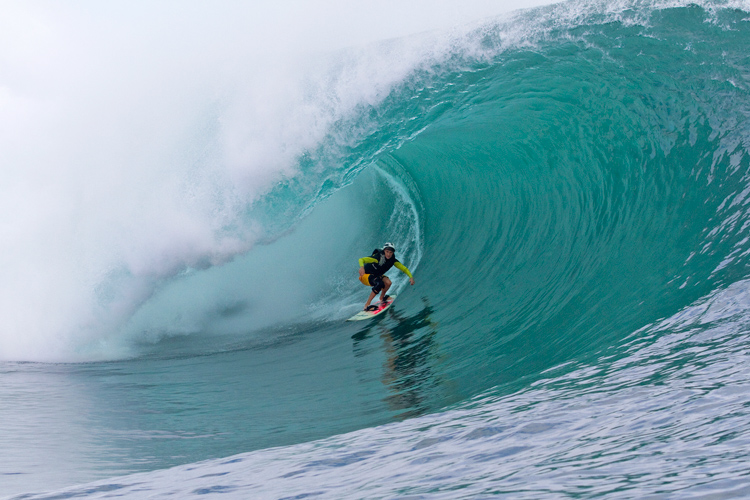
In that same year, Kennelly played the role of Kai, a young female surfer who works at the Yosts' surf shop in the American television drama "John From Cincinnati."
She is also featured in the surf movies "7 Girls" (2001) and "Step Into Liquid" (2003).
Keala won the "XXL Women's Performance Award" in 2011, 2013, and 2014.
In 2010, Kennelly made history after clinching the Nelscott Reef Big Wave Classic, the first women's big wave contest.
Three years later, the big wave surfer from Hanalei was inducted into the Surfing Walk of Fame in Huntington Beach, California.
In 2016, Kennelly became the first female surfer to be invited to the prestigious Eddie Aikau Big Wave Invitational and won the "Barrel of the Year Award" at the World Surf League (WSL) Big Wave Awards.
Meanwhile, the Hawaiian charger started a parallel career as a disc jockey when her income was dramatically cut.
Her deejay nickname is DJ KK. She has opened for Snoop Dogg (Rain Nightclub, 2012) and Jimmy Eat World (US Open of Surfing, 2016).
In 2020, Keala won "Wipeout of the Year" at the Big Wave Awards after throwing herself over the ledge on a giant wave at Jaws/Peahi.
One year later, the big wave charger claimed the 2021 Red Bull Magnitude.
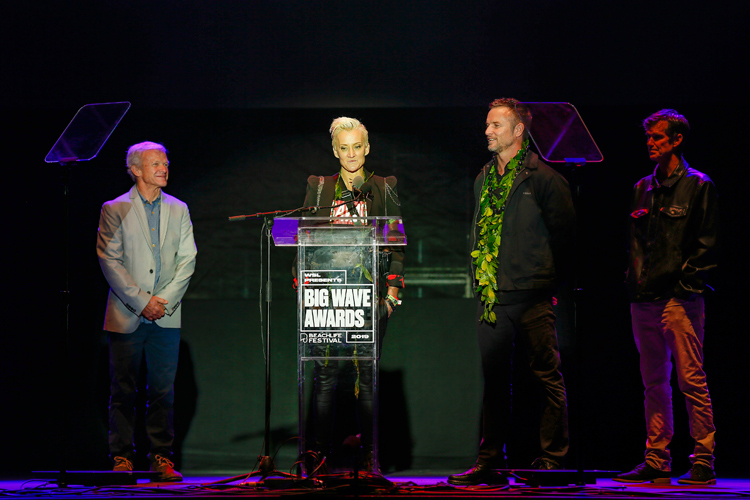
The Process of Letting People Know Who KK Is
In April 2019, Keala Kennelly spoke to The Inertia about the process of coming out and sharing the fact that she is lesbian.
Her testimonial as a gay person is an example of how difficult it is to cope with those who surround us when we belong to a sexual minority.
Here's how she describes the process of freeing herself from social stereotypes, preconceptions, and prejudice.
"When I was a little girl, I grew up with two brothers - older and younger - and the boys in my neighborhood, so I actually thought I was a boy because I just didn't know the difference," revealed Kennelly.
"I didn't see how I was different than the boys, and so I would just hang out with them and do everything my brothers and Andy and Bruce and all those guys were doing."
"Until people started sitting me down and telling me: 'No, you're a girl.' The way that they would tell me this always had a negative connotation to it."
"So I was really bummed. I didn't want to be a girl. It sounded awful, and then my mom told me: 'But there's one thing that you can do that boys can't do.' And I was like: 'What?' And she said: 'You can have a baby.'"
"I was six, and I think at that point, I started crying. I remember being six years old and being so bummed that I literally wanted to kill myself so I could come back as a boy because it seemed way more fun."
"I felt I was getting the short end of the stick in life, and so I remember going: 'Well, I don't know what happens after you die. Maybe you don't come back, and that's quite a gamble.' So, I can either do that, or I can just live my life the way I want to and do all the fun things boys do and not put these limitations on myself that all these other people are putting on me.'"
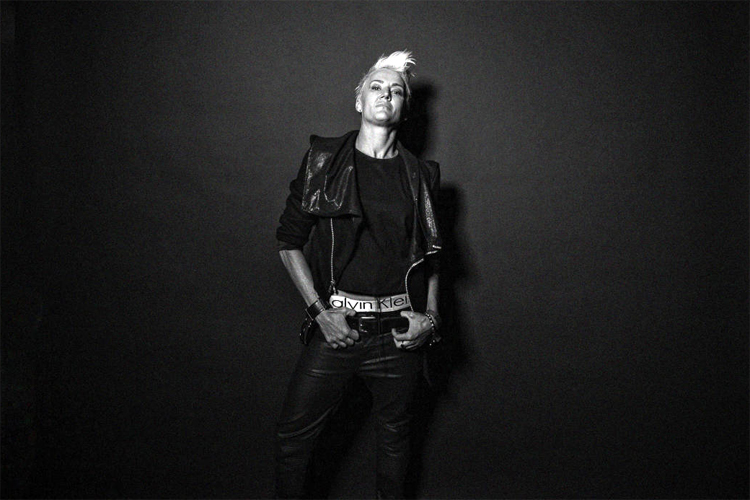
"I think I knew I liked girls at that age, too. I remember I used to run around the playground and try and kiss girls, and I bring them flowers, and then I realized that society kind of frowned on that."
"I could tell whatever I was doing was not correct, and so then I was like: 'Oh okay, KK. I can't be like that.'"
"But I think I always kind of knew, and then I remember in school getting crushes on my girlfriends and not knowing how to deal with it and being too scared to act on it. It was weird. It was hard."
"I especially started hiding it when I decided to go on the World Tour because I saw how lesbians were looked at."
"And I saw how lesbians or people that were presumed gay or just women on tour that were kind of not feminine and kind of rough-looking were treated."
"They were treated horribly, and everybody talked so bad about them. They usually had no sponsors and looked like their life was hard, and they struggled."
"That was scary to me, and so at that point, I think I had a lot of internalized homophobia about being gay and got a boyfriend and tried to hide it."
"I had a real turning point in my life when I was in my 19s or early 20s. I went to Panama and Costa Rica for some events, and I won the one at Panama, and then we went over to Costa Rica, and my appendix burst and I ended up getting rushed to the hospital."
"I almost died. It was really scary, but, at that point, I'd already been with a girl, but I was totally hiding it. And I remember being in this hospital that was something out of a horror film - it wasn't in the main city, and it was scary."
"I remember looking around this hospital and going: 'There's no way I'm getting cut open in here.' And they were like: 'Well, you're going to be in a coma and dead in 20 minutes, so you know it's surgery, or you're dead.'"
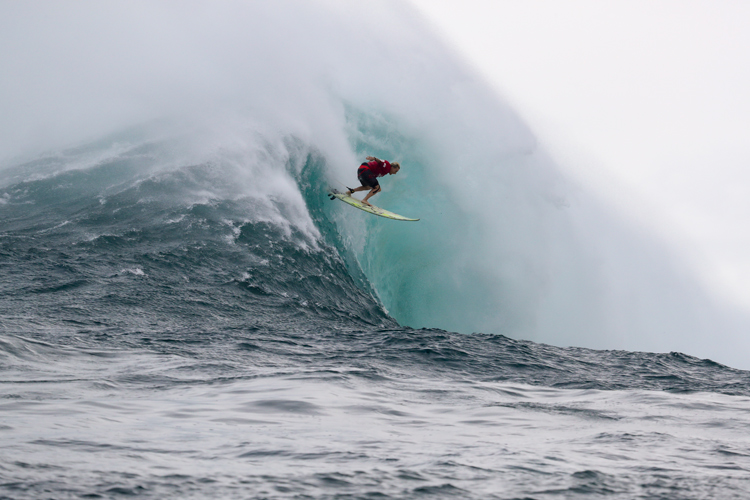
"I remember crying and thinking: 'God, I'm gonna die in this hospital in Costa Rica, and nobody really knew me.' I hid so much of myself from people because I was scared to lose my sponsors."
"And so that experience changed me. It's not that I immediately came out after that, but I went to the next event - which was the Roxy Pro and Tavarua - and it was all girls, and then Roxy threw in their models and their female athletes, and it was just like girls gone wild."
"It was fun, but I remember I didn't come running around telling everybody I was gay or like flinging a rainbow flag."
"I just kind of let my guard down and stopped hiding it so much, and stopped denying it so much and just slowly and organically let it be known."
"Money's not everything. I mean, being in the closet - hiding that part of myself, keeping that secret - was killing me inside."
"And yes, I've lost a lot of sponsors. Yes, I make way less money now than I did when I was in the closet, but money's not everything."
"I'm much happier now. I was miserable when I was hiding that part of myself. It just doesn't feel good."
"I've spent most of my life in my head, full of anxiety about the future and what I'm going to do when I quit the tour. All that kept me unhappy and not present."
"They say that all stress and anxiety come from worrying about the future, and all depression and regret come from dwelling in the past."
"And I've noticed I've lived in those places a lot, so I'm trying to say: 'live right here, right now," concluded the world champion surfer.
